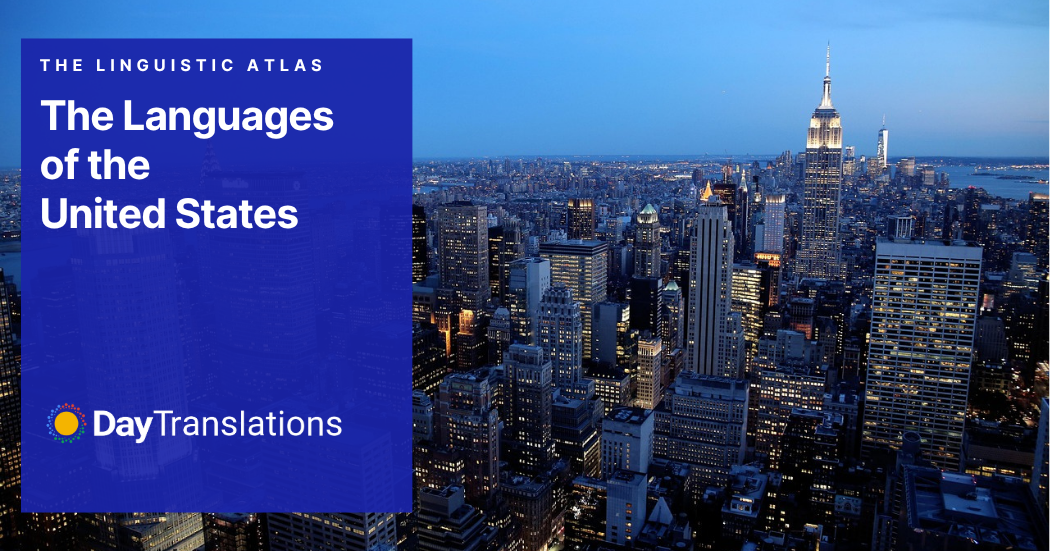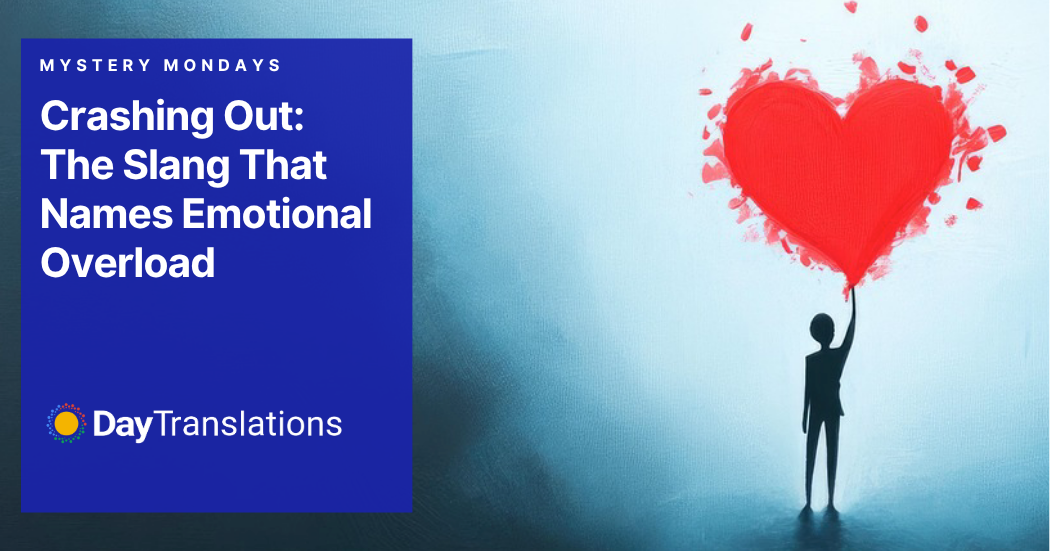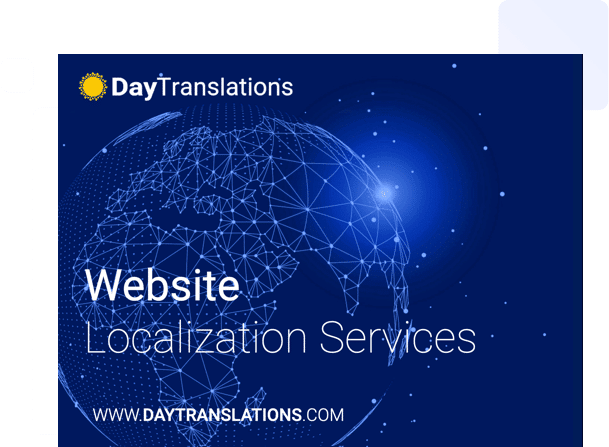The United States is often described as a melting pot, and nowhere is that more evident than in the way Americans speak. From English to Spanish, Navajo to Mandarin, the languages of the United States reflect centuries of migration, cultural exchange, and Indigenous heritage.
But despite its linguistic diversity, one question still puzzles many: what are the official languages of the United States? Does the US even have one? In this week’s installment of The Linguistic Atlas, we dig into the complex, multilingual fabric of American society, from Indigenous roots to modern immigrant communities, and explore just how many languages are spoken in the nation today.
What Are the Official Languages of the United States?
Let’s clear up a common misconception: the United States has no official language at the federal level.
Yes, English is the dominant language used in government, education, and media, but it’s not declared the official language of the United States by law. In fact, debates about whether English should be made official have been ongoing for decades, but no federal legislation has passed to formalize it.
That said, many individual states have taken the matter into their own hands. As of 2025:
- 32 US states have passed laws declaring English as their official language.
- Hawaii recognizes both English and Hawaiian as official languages of the US at the state level.
- Alaska recognizes over 20 Indigenous languages as co-official with English.
So when people ask, “What are the official languages of the US?” the answer depends on whether you’re talking about the federal government or individual states. Nationally, there is none. Locally, it varies.
Number of Languages Spoken in the US
According to data from the U.S. Census Bureau and Ethnologue, there are over 350 languages spoken in the United States today. That number reflects not just immigrant communities, but also Indigenous languages and a wide range of creoles and dialects.
So, the number of languages spoken in the US easily ranks the country among the most linguistically diverse in the world.
These languages fall into several broad categories:
- Indigenous languages: such as Navajo, Dakota, and Cherokee
- Immigrant languages: like Spanish, Mandarin, Vietnamese, and Arabic
- Creole languages: including Louisiana Creole and Gullah
- Sign languages: such as American Sign Language (ASL)
The sheer diversity of languages in the US is a testament to its long-standing role as a global hub for migration.
Most Spoken Languages in the US (Besides English)
So, what are the most spoken languages in the US aside from English? Here’s a breakdown based on the latest census data:
| Language | Estimated Speakers |
| Spanish | 42 million |
| Chinese (Mandarin & Cantonese) | 3.5 million |
| Tagalog/Filipino | 1.7 million |
| Vietnamese | 1.5 million |
| Arabic | 1.2 million |
| French | 1.1 million |
| Korean | 1.1 million |
| Russian | 900,000 |
| Haitian Creole | 870,000 |
| German | 860,000 |
Percentages of Languages Spoken in the US
Let’s look at the percentages of languages spoken in the US among people aged five and older:
- English only: 78.5%
- Spanish: 13.2%
- Other Indo-European languages: 2.5%
- Asian and Pacific Islander languages: 3.4%
- Other languages (including Indigenous and creoles): 1.4%
These numbers vary widely by state. In California, for example, over 44% of households speak a language other than English at home. In New Mexico, about 48% of the population speaks Spanish.
The languages of the US are not evenly distributed; urban centers and coastal states tend to be the most linguistically diverse.
Indigenous Languages: The First Voices of the US
Long before European settlers arrived, hundreds of Native American tribes lived across the continent, each with their own language. Today, many of these Indigenous languages are endangered, but some continue to thrive.
Examples of Indigenous languages still spoken:
- Navajo – Over 170,000 speakers, mainly in Arizona and New Mexico
- Dakota/Lakota – Spoken in the Northern Plains
- Cherokee – Revitalized through online and school-based programs
- Apache, Zuni, Ojibwe, and Choctaw also retain small but active communities of speakers
Language revitalization projects, including immersion schools and digital tools like Duolingo (which offers Cherokee and Navajo), are helping to keep these ancient tongues alive.
In Alaska, Native languages like Inupiaq, Yupik, and Tlingit are considered co-official alongside English, highlighting their cultural and legal importance.
Creole and Sign Languages in the US
When we talk about the languages of the United States, we also need to consider those that developed within the country itself.
American Sign Language (ASL)
ASL is the primary language of the Deaf community in the US and parts of Canada. It is used by an estimated 500,000 to 1 million people and has its own grammar and syntax, distinct from English.
Louisiana Creole
A blend of French, West African, and Native American languages, Louisiana Creole has been spoken since the colonial era. While it’s endangered, efforts are being made to preserve it.
Gullah
The Gullah people of the southeastern coast (South Carolina and Georgia) speak a creole language with roots in West African and English traditions. Gullah is both a linguistic and cultural treasure, with ongoing preservation efforts.
Languages in the US Education System
In American schools, English is the default language of instruction. However, bilingual and dual-language programs are expanding across the country, especially in states with high concentrations of Spanish-speaking or immigrant populations.
Common second languages taught in schools include:
- Spanish
- French
- German
- Mandarin
- American Sign Language
In some districts, you’ll also find classes offered in Vietnamese, Arabic, or Tagalog, reflecting local community needs. Additionally, tribal schools on Native American reservations often teach Indigenous languages to preserve cultural identity.
Immigration and the Changing Landscape of Languages in the US
Immigration remains one of the biggest factors influencing the languages of the United States. Over the past few decades, new waves of migrants from Asia, Africa, and the Middle East have expanded America’s linguistic profile.
For example:
- The Filipino community, now numbering over 4 million, contributes heavily to the use of Tagalog and Ilocano.
- The Somali community in Minnesota and Ohio has established Somali-language media and schools.
- Arabic is one of the fastest-growing languages in the US, especially in Michigan, New Jersey, and Texas.
This continuous influx ensures that the languages in the US are constantly evolving and expanding.
Technology, Media, and Multilingual America
The internet has accelerated multilingualism in the US. Social media platforms, online learning, and streaming services allow Americans to consume and produce content in multiple languages.
YouTube channels, podcasts, and even TikTok accounts in Spanish, Korean, Vietnamese, and ASL are helping younger generations stay connected to their heritage languages.
Multilingual customer service, multilingual government websites, and translation apps have made it easier than ever for people to navigate American life in the language they feel most comfortable using.
Summary: What Are the Languages of the United States?
To recap:
- The United States has no official language at the federal level, though English is the de facto language.
- The official languages of the United States vary by state, with some recognizing multiple languages, including Hawaiian and Indigenous tongues.
- The number of languages spoken in the US exceeds 350, making it one of the most linguistically diverse nations globally.
- The most spoken languages in the US after English include Spanish, Chinese, Tagalog, Vietnamese, and Arabic.
- Indigenous and creole languages, like Navajo, Cherokee, and Gullah, reflect the country’s deeper roots.
- Percentages of languages spoken in the US show a significant portion of the population speaks a language other than English at home.
Final Word: The Living Language Landscape of America
The languages of the United States tell the story of its people, past, present, and future. From the original languages of Native tribes to the tongues of new Americans, language in the US is far more than a communication tool; it’s a symbol of identity, heritage, and belonging.
So, next time you ask, “What are the official languages of the United States?” remember: the real answer lies not in legislation, but in the voices of the people. Because in America, everyone speaks, and they speak in hundreds of languages.












Sorry, the comment form is closed at this time.